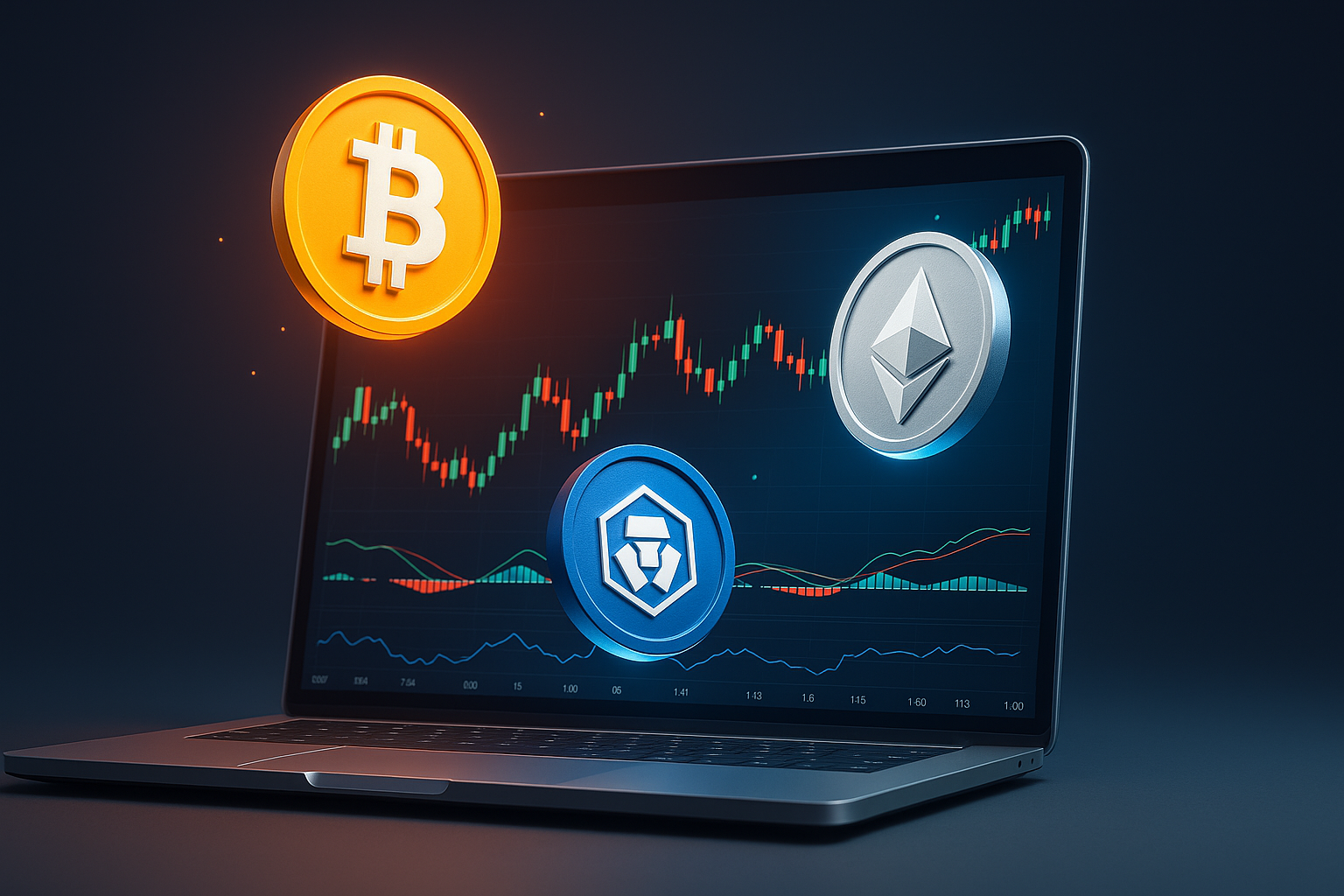When stepping into the world of cryptocurrency, the first challenge most beginners face is figuring out how to fund their exchange account—and more importantly, how to keep their money safe. With scams, hacks, and poor security practices still common in the crypto space, understanding the basics of exchange funding and safety basics is critical before you buy your first Bitcoin, Ethereum, or altcoin.
This guide walks you through the process of depositing funds, best practices for withdrawal, and the essential safety measures every crypto trader should know. By the end, you’ll have a clear understanding of how to start trading responsibly while minimizing risks.
What Are Exchange Funding and Safety Basics?
Funding an exchange simply means transferring money into your trading account so you can buy cryptocurrencies. Exchanges act as the middlemen, letting you trade between fiat (traditional money like SGD, USD, or EUR) and digital assets.
There are generally three main ways to fund your account:
- Bank Transfers (Fiat Funding): Deposit money directly from your bank into the exchange.
- Credit/Debit Cards: Fast but often higher in fees.
- Crypto Transfers: Moving coins you already own from another wallet or exchange.
Each method comes with its own pros and cons.
Step-by-Step Guide to Exchange Funding and Safety Basics
- Choose a Trusted Exchange – Always pick a reputable platform that is licensed in your region. (E.g., Crypto.com, Binance, Gemini, or Coinbase.)
- Verify Your Identity (KYC) – Most exchanges require identity verification to comply with regulations.
- Select a Funding Method – Bank transfer, card payment, or crypto deposit.
- Check Fees – Some exchanges charge flat rates while others take a percentage.
- Confirm Deposit Time – Bank transfers may take 1–3 business days, while card deposits are instant.
- Always Test with a Small Amount First – Especially when sending crypto from another wallet, test with a small transfer before moving large sums.
For beginners who want a reliable platform, you can sign up for Crypto.com Exchange here and get started quickly.
Safety Basics: Protecting Your Funds on an Exchange
Funding is easy. Keeping your money safe is the harder part. Here are the core safety practices every beginner should follow:
1. Use Strong Passwords & 2FA
- Always use unique, complex passwords.
- Enable Two-Factor Authentication (2FA) (Google Authenticator or Authy is safer than SMS).
2. Avoid Storing Large Amounts on Exchanges
Exchanges are prime targets for hackers. Only keep funds you actively trade. For long-term storage, use a hardware wallet like Ledger or Trezor.
3. Watch Out for Phishing Links
Scammers often create fake websites that look identical to real exchanges. Always type the exchange URL manually or bookmark it.
4. Separate Trading Funds from Savings
Think of your exchange as your “hot wallet” (for active use), and your hardware wallet as your “cold wallet” (for safe storage).
5. Withdraw to Your Own Wallets
Whenever possible, withdraw crypto to a wallet you control. “Not your keys, not your coins.”
Common Mistakes in Exchange Funding and Safety Basics
- Leaving everything on an exchange. Convenient but risky.
- Ignoring withdrawal fees. Some coins have high transfer fees—check before moving.
- Falling for “guaranteed profit” schemes. If it sounds too good to be true, it usually is.
- Skipping 2FA. A single password leak could wipe your account.
Why Exchange Funding and Safety Basics Matter for Beginners
Different exchanges charge different fees.
- Bank transfers: Usually the cheapest, sometimes free.
- Card deposits: Can be 2–4% per transaction.
- Crypto deposits: Often free, but withdrawals come with network fees.
💡 Tip: If you plan on trading actively, consider funding via bank transfer to reduce costs.
Safety Checklist Before Trading
Here’s a quick funding & safety checklist you can use every time you start with a new exchange:
- ✅ Use a licensed, regulated exchange.
- ✅ Enable 2FA immediately after signup.
- ✅ Start with a small test deposit.
- ✅ Know the withdrawal process & fees.
- ✅ Withdraw unused funds to your wallet.
Frequently Asked Questions (FAQ)
1. Should I leave my crypto on an exchange?
Only if you’re trading actively. For long-term holding, use a hardware wallet.
2. What is the safest way to fund my account?
Bank transfer is generally safer and cheaper than card deposits.
3. Can I fund an exchange with PayPal or GrabPay in Singapore?
Some platforms support third-party wallets, but availability depends on the exchange.
4. What happens if an exchange shuts down?
If you leave your funds on the exchange, you risk losing them. This is why withdrawals are essential.
5. Do exchanges insure my deposits?
Some offer insurance for hacks, but coverage is limited. Always assume risk.
Final Verdict
Learning the basics of exchange funding and safety is the first step toward being a responsible crypto investor. The convenience of exchanges should never outweigh the importance of security.
👉 Remember: Any funds left on an exchange are always at risk.
By following the funding best practices and applying strong safety measures, you’ll be well-equipped to explore the crypto world with confidence.




